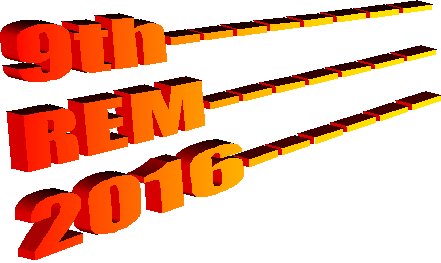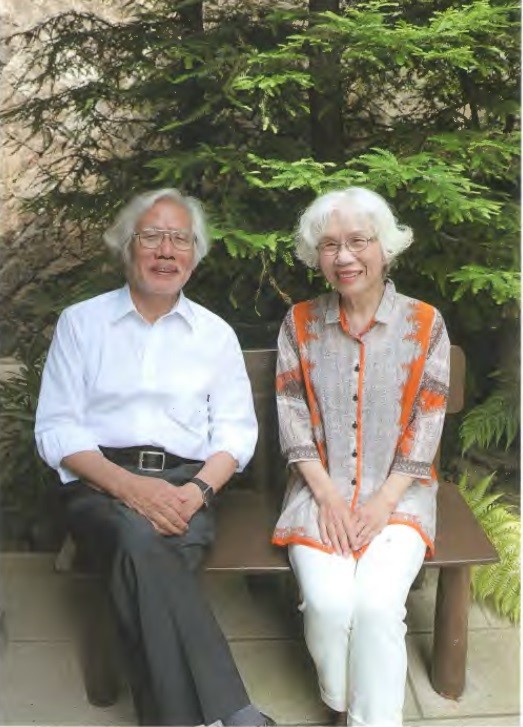 |
NINTH
INTERNATIONAL MEETING ON RECENT DEVELOPMENTS IN THE STUDY OF RADIATION
EFFECTS IN MATTER.
Kyoto, Japan
26th -28th October, 2016 |
| LINKS Home Important dates Programme Abstract Submission Registration Venue Festschrift Organizers History Photos |
 |
Festschrift. The 9th International Meeting on Recent Developments in the Study of Radiation Effects in Matter will be organized to honor Isao Yamada for his many important contributions in materials processing by ion beams, especially in establishment of cluster ion beam processing from fundamentals to industrial applications. Prof. Yamada is presently a visiting professor at the Graduate School of Engineering of the University of Hyogo in Japan. He is professor emeritus at Kyoto University, where he was director of the Ion Beam Engineering Experimental Laboratory. He earned his PhD degree in electrical engineering from Kyoto University and has held visiting scientist appointments at FOM Institute in Amsterdam, the Massachusetts Institute of Technology, Cornell University, and Northwestern University. Yamada's principal areas of research interest over the past 40 years have spanned from fundamental physics to practical applications of materials processing by ion beams, with particular emphasis on very low-energy ion-solid interactions. He has been an active contributor to the development of both academic and industrial societies associated with materials processing by ion beams, plasmas and other techniques. He has served on the committees of international symposia of materials processing, including Ion Implantation Technology (IIT), Ion Beam Modification of Materials (IBMM) and others. In particular, he organized the 12th IIT conference and school in 1998 at Kyoto, Japan, which was a great success with more than 500 attendees and over 400 papers presented. Yamada was the originator of the concept for processing of materials by gas cluster ion beams. Research and development on gas cluster ion beam (GCIB) technology started under his direction in 1988 at the Kyoto University Ion Beam Engineering Experimental Laboratory. By 1995, the Kyoto group had recognized the impracticality of using substantially greater gas flows in order to increase cluster ion beam currents to the levels required for production processes. No other groups or institutes in the world had yet paid attention to the concept of cluster ion beam equipment or to possible uses of gas cluster ions for surface processing.
|
|
|
Many important contributions to the original work at Kyoto University were made by Jiro Matsuo, Noriaki Toyoda, Takaaki Aoki, and Toshio Seki. The development by Epion Corporation of commercial GCIB equipment and applications has continued for more than 20 years. Since the beginning, Yamada has remained actively involved with development of the cluster ion beam technology which is now becoming recognized as one of the basic tools within the emerging field of nanoscale fabrication. A book entitled “Materials Processing by Cluster Ion Beams, History, Technology, and Applications” recently published by CRC Press describes in detail how the cluster ion beam equipment and processing technologies have been developed through the diligent efforts of Yamada's many colleagues and collaborators.